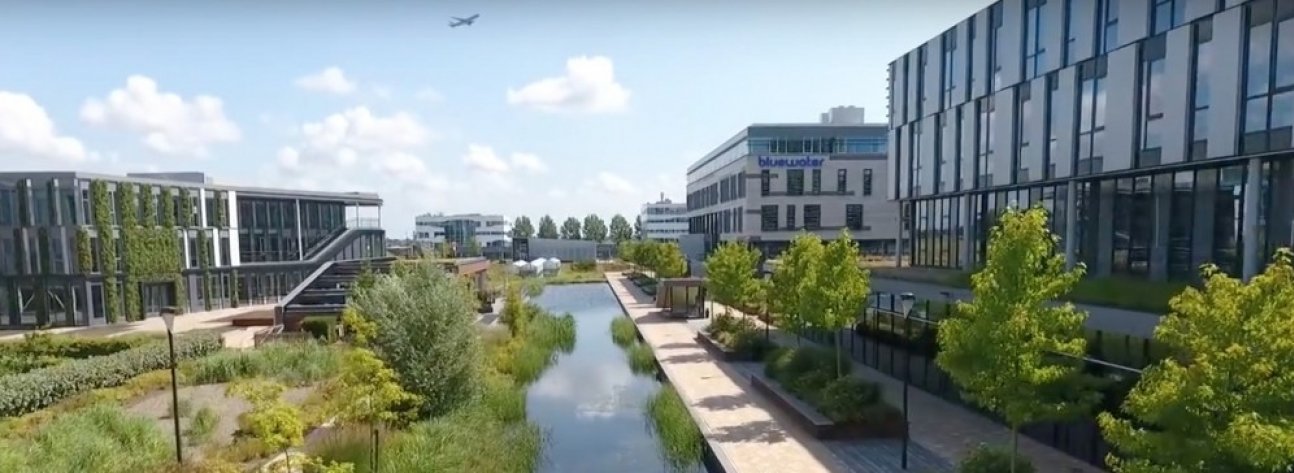Buildings as sources of materials

Artist impression: Project Park20|20
A switch to circular construction? In collaboration with graduate Eline Leising, Dr Jaco Quist has developed a road map, including guidelines, in which he champions buildings as sources of reusable materials.
According to figures released by the Ministry of Infrastructure and Water Management, nearly 40% of the waste produced in the Netherlands every year comes from the construction sector. This sector is lagging behind when it comes to the high-quality reuse of materials, says Dr Jaco Quist from the Faculty of Technology, Policy and Management. He researched demolition, renovation and new construction projects in which circularity – the development of a closed-loop supply chain – was a priority.
The demolition project showed that while it is possible to demolish a building properly by sorting waste, there is no guarantee that these materials will be reused if you do not involve new construction projects. “Ideas about this have been around for some time,” says Quist. “But you only really learn how to do it and about the kinds of problems involved once you actually do it.”
The new construction project he researched was Park20|20, an office park in Hoofddorp with closed water, waste and energy flows. If the materials were no longer required, they were either repurposed or recycled. According to Quist, parties involved in such projects have to come to other agreements and find different ways to cooperate if, for example, the lift remains the property of the manufacturer and the user only pays per use.
Quist’s road map in a nutshell:
- Ask different questions
Clients often set specific product requirements, but, according to Quist, it is about developing a vision and ambition. What does a circular building entail exactly? What does that mean for the different phases, such as design, construction, usage, demolition and repurposing? “The idea is that the supplier remains the owner of the building material, just as is the case with photocopiers,” says Quist. “This requires a different mindset.”
- Think in terms of disciplines
As things stand at the moment, companies each carry out their own assignment in one of the phases mentioned above. By involving these parties, including waste processing, at the beginning of the design and construction stage, all the companies can play their part in a more sustainable way. Quist believes that this requires new revenue models, whereby materials are owned by other parties and are then offered as a service.
- Shared goals
Focus on shared goals in new contracts and make sure material flows are transparent for all partners. “It is vital that parties cooperate right from the start. This builds the necessary level of trust and ensures that things runs smoothly later on,” says Quist.
- Buildings as sources of materials
This is all about designing so that parts and products can be reused, and about new forms of collaboration and revenue models whereby the building itself is a source of materials. The value of materials is only recorded temporarily and can be monitored via a materials passport, which documents the exact quantity that has been processed.
- Auction site for materials
Disassembled used materials and products can be sold on and used for other purposes via an auction site for materials.